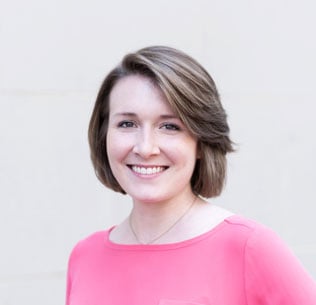A couple of years ago, Washingtonian wrote about the reason it’s so hard for a DC woman to find a date: they’re just too educated. And according to a new study published in Demography, the fact that it’s now more likely for women to have a college degree than it is for men may also be changing the marriage market, making it harder for women to “marry up” by marrying someone who is more educated.
But before we start patting ourselves on the back for women’s empowerment and education, not too fast: while it’s great that more women are getting college degrees, the study also argues that marriage may now be more likely to financially benefit men than women now.
“Ironically, married women’s progress in education and personal earnings has led to greater improvement in the family standard of living for married men than for women themselves,” the abstract for the study reads.
The study, which was authored by two sociology professors—University of Kansas’ ChangHwan Kim and Texas A&M University’s
And what’s the result of this progress? According to study author Kim, married men’s standard of living has improved more than women’s. For the purpose of the study, Kim defined “standard of living” as equivalized income, which adjusts income for the number of people in a household. So, if you’re married with one child, and you and your spouse make a combined $100,000 a year, your equivalized income, as these researchers define it, would be $57,735.
The study explains that in 1990, women used to have an advantage over men in the marriage market, meaning that they were more likely to “marry up” than men. However that was no longer the case in 2010, according to the researchers. Why? According to the study, only highly educated men saw an increase in personal income, while less-educated men’s income either remained the same or decreased. In contrast, the study found that both highly educated and less-educated women’s personal incomes grew. Given that there are more women with secondary degrees than men now, it’s easier for women to hitch their wagons to someone who’s less educated than themselves. But because the less-educated men’s personal incomes haven’t grown like women’s have, the marriage relationship was more likely to financially benefit men rather than giving the women a boost.
“For equally educated men and women, men’s equivalized income (standard of living) has increased over time, while women’s equivalized income has increased less than men,” says Kim. “This is because husband’s relative contribution to household income has become smaller over time compared to wife’s contribution.”
What does this all really mean? Women are on the way up, but their less-educated partners are dragging down the family income average.
But all of this isn’t to say that a marriage can’t benefit women more—it’s just that because women are more likely to marry someone with less education than themselves, they’re also less likely to reap as many financial benefits from the union as their partners. Conclusion? If you’ve been looking for a sugar daddy, you’re going to have to look a little harder these days.




















